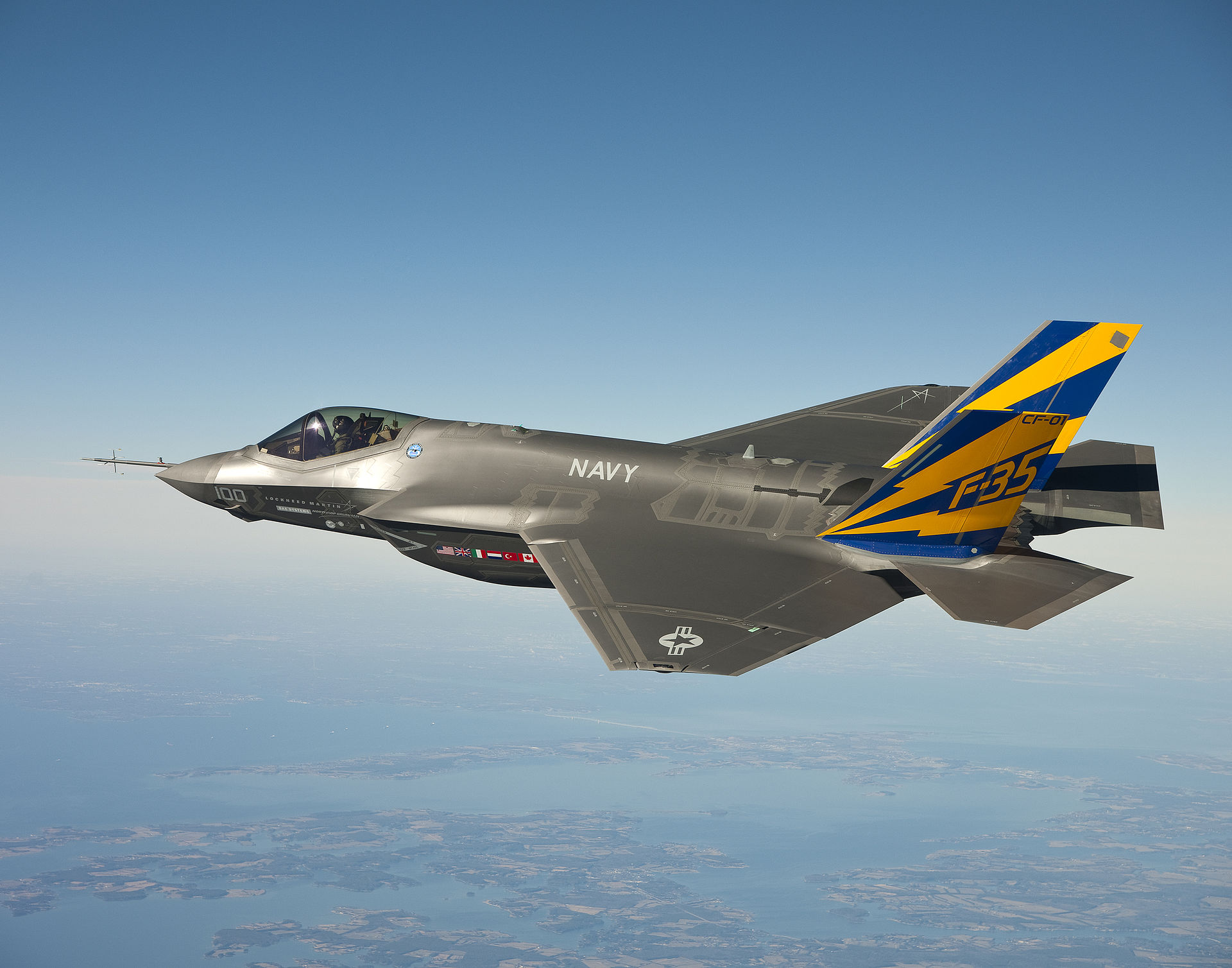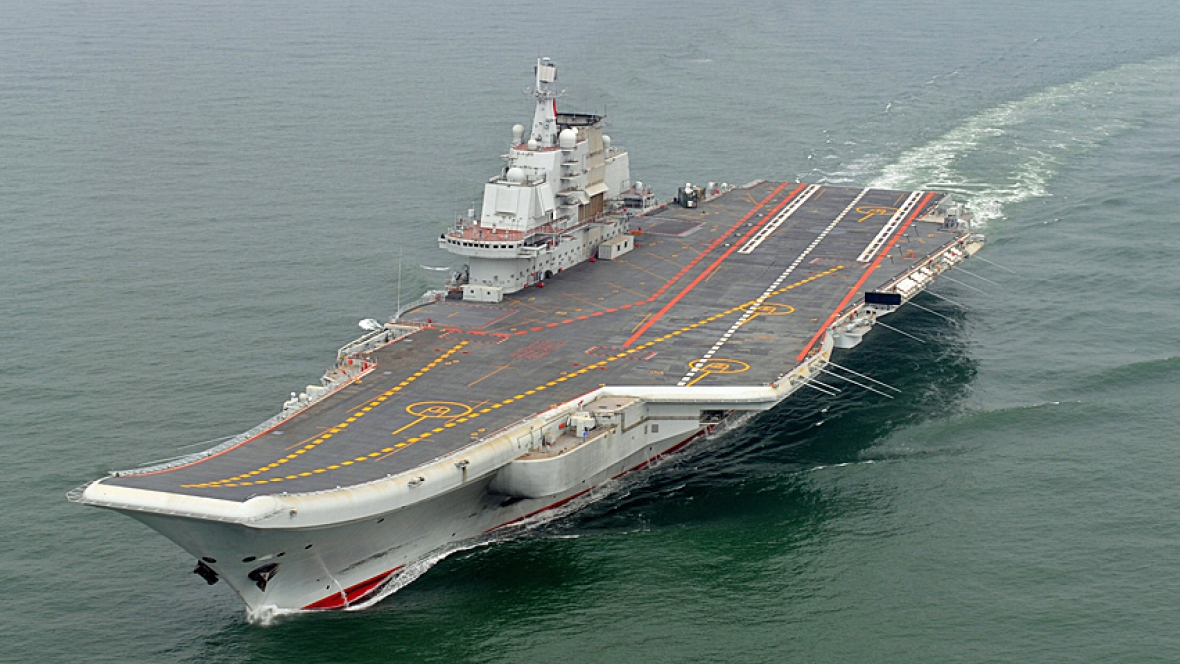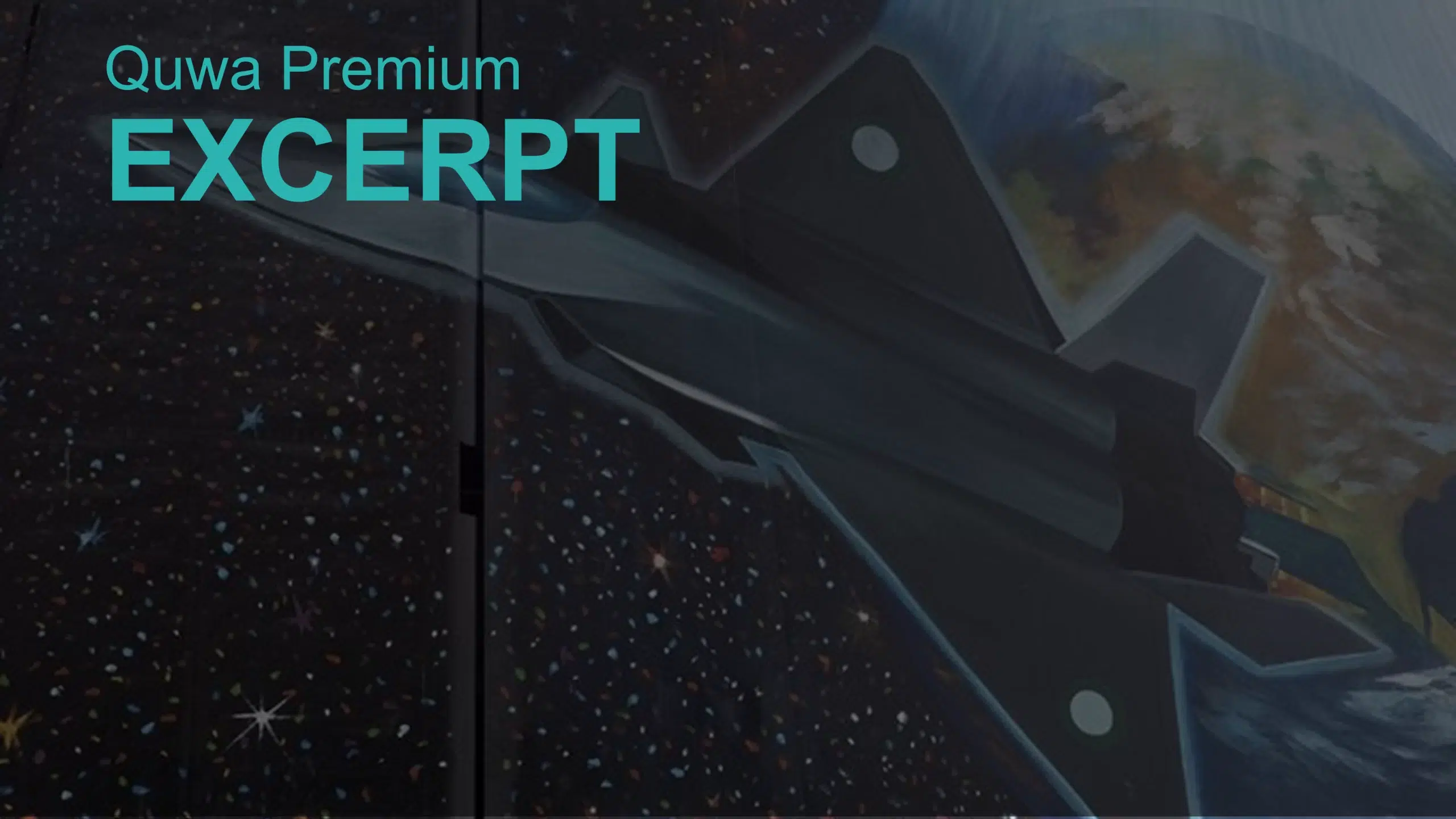30Views 11Comments

Will Pakistan get the F-35 Lightning II? (Probably Not)
10 December 2015
By Bilal Khan
The News put out an interesting piece last week outlining the Pakistan Air Force (PAF)’s plans for the coming years. In addition to officially confirming the PAF’s plans to acquire a 5th generation platform, Air Chief Marshal (ACM) Sohail Aman apparently told The News that the F-35 Lightning II, alongside three other options, was under consideration. Bear in mind that The News does not actually have a quote detailing the above information, though ACM Sohail Aman did tell the state-owned television network PTV in September that work is underway to look for a next-generation platform. In other words, while interest in the F-35 is – at best – unclear, work to acquire a next-generation fighter is certainly underway.
Firstly, it should be understood that the primary focus of the PAF at this time is the JF-17 Thunder. The JF-17 is of paramount importance to the PAF as it is intended to form the mainstay of the PAF fighter fleet in the coming years. With about 60 or so Block-I and Block-II fighters already in service, the JF-17 program is heading into a crucial maturation phase. In a matter of a couple of years there will be 100 JF-17s in service, i.e. forming a substantial and central portion of the PAF fighter fleet. With that comes the arduous process of converting many engineers, technicians, pilots, logistical overheads, etc, from F-7s to JF-17s. This will consume resources (financial and human), especially since the Thunder would now form the mainstay of the PAF fleet, in both name and reality. Second, the nearing rollout of JF-17 Block-III. The Block-III is slated to be a substantial jump from the Block-I, especially with the possible addition of an active electronically scanned array (AESA) radar, helmet mounted display and sight (HMD/S) system, and possibly even infrared search and track (IRST).
At this point it should be clear that the PAF has its plate full with the continuing induction of the JF-17 and the looming introduction of the Block-III; the entire process of acquiring a so-called 5th-generation platform is evidently in its very early stages. Moreover, while the PAF is serious about keeping up-to-date, it is practically unknown as to what status a next-generation platform would occupy within the fleet. Is this an ‘arrowhead’ fighter that occupies the tip of the force? Is this going to be the next mainstay fighter, perhaps even destined to replace the JF-17? Or is this fighter going to assume a series of specialist roles?
The answer will certainly impact the fighter type the PAF selects as well as the potential timeline. For example, if this platform is to serve specialist roles, such as strike or maritime operations, then Pakistan may be poised to see its next-generation fighter arrive relatively early. If it is to one day replace the JF-17, then this is a far-out and practically irrelevant discussion. It is important to keep these points in mind as one looks at the prospective contenders. Note the following discussion is not a technical assessment of each option, but rather, an evaluation of how plausible each option is for the PAF.
Sukhoi Su-35 Flanker-E
The rumours and half-confirmations of the PAF’s alleged interest in the Su-35 Flanker-E actually coincided with ACM Sohail Aman’s statements to PTV by a matter of a couple of weeks. Granted, the Su-35 is not a ‘stealth fighter’ like the F-35 or FC-31, but it is a tremendous leap over most of the PAF’s current fighter fleet. Remember, the only verifiable statement from ACM Aman is “next-generation”, not “5th-generation.” IHS Jane’s 360 was able to get a statement from a “senior Pakistani official” that the PAF was interested in the Su-35 for the sake of acquiring a twin-engine fighter that could “fly for a longer range than the JF-17 and penetrate more deeply into the enemy’s territory.”
As one may notice, the discussion in regards to the Su-35 is leaning in the context of ‘assuming a specialist role’ (as stated above). Retired PAF Air Commodore Kaiser Tufail told DefenseNews that the Su-35 would make for a solid maritime operations asset. If one combines the two aspects, it is clear that the Su-35 could – theoretically at least – be acquired to replace the PAF’s Mirage III-based ROSE I and Mirage 5-based ROSE II/III fighters, which take on multirole and strike duties, respectively.
Pakistan’s ability to finance such a Su-35 purchase is a valid question. Granted, Russia is wanting for customers of its defence goods to help support its tenuous economy, but that requires cold hard cash. Pakistan would certainly look to enter a financing arrangement, and unless Islamabad has a guarantor in the form of Saudi aid (like Cairo does), it is unlikely Moscow is going to eagerly underwrite such a deal. On the other hand, the two countries have seen quite a bit of momentum in their defence ties in recent months, so a workable arrangement may be possible, but one should keep their hopes in check.
Shenyang/AVIC FC-31 Gyrfalcon
When the Shenyang J-31 Gyrfalcon made its world debut at Airshow China in November 2014, IHS Jane’s 360 was told by “a senior Pakistani official” that the PAF was in talks with China for 30-40 FC-31s. Between Pakistan’s possible “5th generation” fighter options, the FC-31 would likely be the most accessible and realistic. That said, the Aviation Industry Corporation of China (AVIC) was (as of the 2015 Dubai Air Show) actively searching for an international partner to assist it in developing the FC-31. In other words, the PAF’s reported interest in this fighter is from the perspective of an off-the-shelf acquisition, not joint development and/or licensed production. Although there have been some concerns about the J-31’s performance benchmarks (it is the underlying platform the FC-31 will evolve from after all), the PAF may – depending on its needs – find what it is looking for in the FC-31.
The twin-engine configuration, low-observability airframe, internal weapons bay and integrated electro-optical targeting system (EOTS) would make the FC-31 a solid successor to the Mirage 5 and ROSE-I/II/III fighters in maritime and strike operations, respectively. Although AVIC is planning to equip the FC-31 with Chinese engines, the PAF could potentially request that its version utilize up-rated RD-93 turbofans, thus enabling a level of commonality between the FC-31 and JF-17.
F-35 Lightning II
This might not even be an option at all, but it is worth discussing, so as to identify the core problems and merits of this route. To put it simply, U.S arms transfers to Pakistan are not purely commercial, rather, they mainly tilt towards maintaining America’s long-term interests in the region. At this stage, giving Pakistan a fighter that is marketed as the most advanced system available commercially is not going to sit well with India, who is an increasingly key commercial client of American weapons as well as a key partner for the U.S, particularly in the Pacific theatre against China. And then there is also Pakistan’s relationship with China. Assuming the U.S is willing to transfer F-35s, it is certain that the PAF would have to comply with particularly strenuous and possibly invasive end-user requirements on the F-35s, given their sensitive technology.
TFX (Turkey) and KFX (South Korea)
These two programs are in their early stages, and if the PAF were to pursue either, then it is likely that it would be considered a very long-term project. However, the two programs are laden with an age-old problem (for Pakistan), Western technology. The KFX is a joint-project between Korea Aerospace Industries (KAI) and Lockheed Martin, the TFX is likely to be a joint-program between Turkish Aerospace Industries (TAI) and Britain’s BAE Systems. In this case the PAF would have to choose between American and British suppliers, and each have their peculiar challenges. Between the two it is possible that Lockheed Martin has the upper hand. For one thing, it has an existing relationship with the PAF in the form of the F-16, particularly the Block-52+. Moreover, given that the U.S explicitly barred the transfer of the F-35’s sensor technology (e.g. radar, IRST, EOTS, etc) for use on the KFX, it is likely that the KFX is being geared by KAI and Lockheed Martin to be a commercially flexible program. It is still within the realm of reason to see the PAF order KFX fighters off-the-shelf in the late-2020s.
Conclusion
There is little point in worrying about the PAF’s next-generation fighter at this point, it is not a priority, not with JF-17 Block-III on the horizon anyways. Moreover, most of the plausible options the PAF could pursue are still in the developmental stage; it is unlikely one will see any serious momentum behind this issue before 2020, if not perhaps later.


